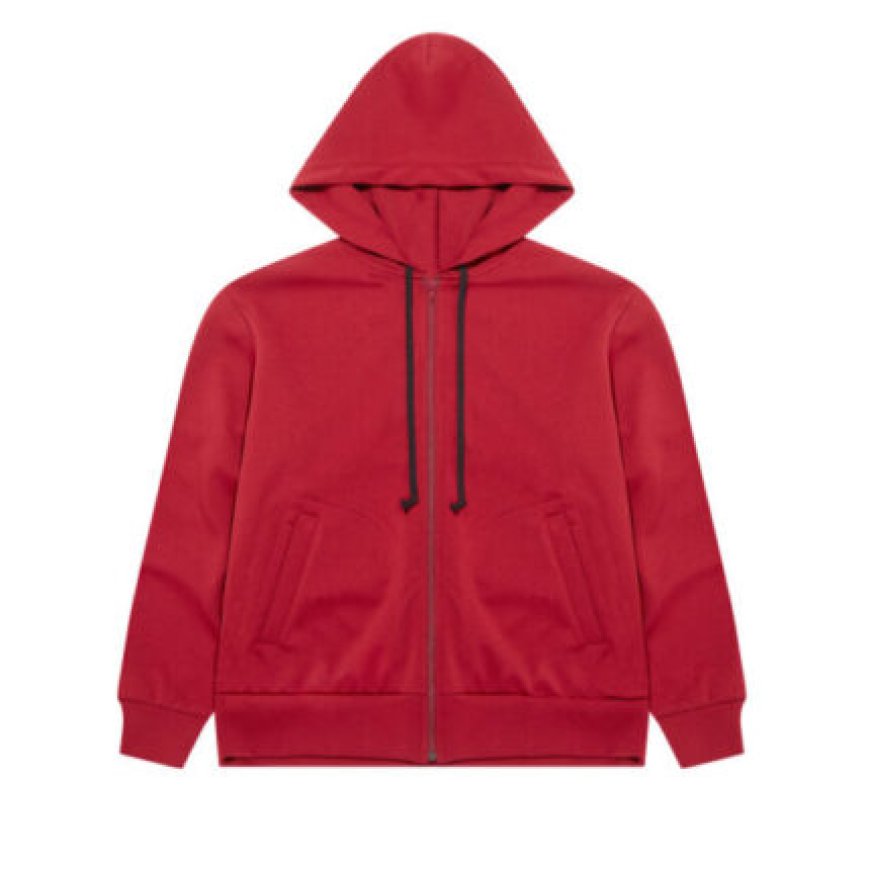Rei Kawakubo’s Vision: The Heart of Comme des Garçons
Comme Des Garcons Play Official Store is the best choice for your wardrobe, Get Amazing CDG Hoodie, Shirts, Jackets, at 45% Off, Fast Shipping Worldwide.

The Revolutionary Genius of Rei Kawakubo
Rei Kawakubo is not merely a designer; she is a visionary who reshaped the language of fashion. As the enigmatic founder of Comme des Garons, her contributions to the fashion world transcend trends and commercial appeal. Kawakubo introduced a radical aesthetic, grounded in deconstruction, Commes Des Garcon asymmetry, and abstract form, challenging Western ideals of beauty and redefining what it means to design clothing. Her brand is not just a fashion label but a philosophical movement, a canvas for conceptual expression and cultural commentary.
The Origins of Comme des Garons: A Break from Convention
Founded in 1969 in Tokyo, Comme des Garonstranslating to "like the boys" in Frenchwas Rei Kawakubos response to the rigid norms of Japanese society and the conformity of global fashion. From the very beginning, the label rejected trends in favor of provocation and individuality. By the time of its Paris debut in 1981, Comme des Garons was already a sensation. Kawakubo introduced anti-fashion to the haute couture capitalmodels with bleached eyebrows, clothes torn and frayed, silhouettes exaggerated to grotesque proportions.
Critics were divided. Some called it post-apocalyptic. Others saw it as a masterstroke. But one thing was certain: Rei Kawakubo had changed fashion irrevocably. Her designs were not meant to flatter the body; they were meant to question the very necessity of doing so.
Deconstruction as Philosophy, Not Just Style
Kawakubos design ethos is rooted in the Japanese concept of wabi-sabi, which celebrates imperfection and impermanence. Through Comme des Garons, she channels this philosophy into avant-garde designs that challenge symmetry, gender norms, and commercial appeal. Rather than enhancing the human form, her garments often obscure itpadding added where none is expected, armholes misplaced, fabric shaped in architectural forms.
What might look chaotic is in fact intentional subversion. Her collections are meticulously thought out, designed to evoke emotion, introspection, and even discomfort. Kawakubo once said, For something to be beautiful, it doesnt have to be pretty. This sentiment encapsulates the essence of Comme des Garons: beauty born from intellectual depth and cultural disruption.
Fashion as Artistic Rebellion
Rei Kawakubo blurs the line between fashion and art with every collection. Each runway show functions more like a performance installation than a conventional fashion event. For instance, the 1997 Body Meets Dress, Dress Meets Body collectionalso known as the lumps and bumps collectionwas a shocking exploration of bodily distortion and form. Padding was placed inside the garments in unnatural positions, creating grotesque silhouettes that challenged the viewers comfort and preconceptions.
In this way, Kawakubo utilizes fashion as a medium of conceptual storytelling, pushing far beyond clothings utilitarian role. The Metropolitan Museum of Arts 2017 exhibition, "Rei Kawakubo/Comme des Garons: Art of the In-Between," validated her as not just a designer, but a true modern artist.
The Power of Anonymity and Silence
In a fashion world driven by celebrity and exposure, Rei Kawakubo remains notoriously private. She rarely gives interviews, avoids public appearances, and prefers her work to speak for itself. This mysterious persona has only deepened the allure of Comme des Garons. Her refusal to conform to industry norms extends even to branding. There are no glitzy marketing campaigns. The garments are the message.
Her silence has become a form of rebellion in itself. In contrast to the commodified nature of contemporary fashion, Kawakubos vision remains pure, untouched by the demands of mass appeal. It is a statement: art for the sake of art, not commerce.
Commercial Innovation Through Subversion
Despite her avant-garde philosophy, Kawakubo is a savvy businesswoman. Under her guidance, Comme des Garons has expanded into a fashion empirewith multiple sub-labels, concept stores like Dover Street Market, and influential collaborations with mainstream brands such as Nike and H&M. These ventures, however, never compromise her core aesthetic. Instead, they serve as experiments in the tension between high and low fashion.
Each Comme des Garons store is a curated spacea living art installation where fashion, architecture, and sound design collide. These immersive experiences reflect Kawakubos desire to create multi-dimensional cultural interactions, not just retail transactions.
Genderless Fashion: The Future, Now
Years before genderless fashion became a buzzword, Kawakubo was already dismantling the gender binary in clothing. Her designs are unisex not in name only, but in form and function. She defies traditional markers of femininity and masculinity, instead offering garments that exist in a fluid space beyond labels.
This progressive stance is not merely aesthetic; its political. In resisting the binary, Comme des Garons champions freedom of identity, making fashion a form of personal liberation. The result is clothing that doesnt dictate how to be worn but invites the wearer to define their own meaning.
Influence on Contemporary Fashion
Rei Kawakubos legacy is visible across the fashion landscape. Designers such as Yohji Yamamoto, Martin Margiela, and even Alexander McQueen have acknowledged her influence. The rise of deconstructed fashion, the popularity of asymmetry, and the embrace of ugly beauty all trace back to Kawakubos early innovations.
What makes her enduringly relevant is that she is never nostalgic. Kawakubo constantly reinvents her vision, abandoning the past in search of the new. Each season brings unexpected silhouettes, materials, and ideas. In an industry obsessed with cycles, she remains a singular, forward-moving force.
Comme des Garons as Cultural Commentary
Every Comme des Garons collection is layered with sociopolitical subtext. Themes such as consumerism, death, religion, war, and gender identity have all been explored through her work. Kawakubo uses fashion as a mirrorone that reflects society's anxieties and contradictions.
In a time of fast fashion and fleeting trends, Comme des Garons stands as a pillar of thoughtful resistance. It invites consumers to think, feel, and question. This depth is what gives the brand its cult-like following and critical acclaim.
Conclusion: Rei Kawakubos Enduring Vision
Rei Kawakubo is not simply a designer; she is a Comme Des Garcons Converse cultural architect, reshaping not just how we dress, but how we think about clothing, identity, and art. Comme des Garons is more than a brandit is a manifesto, one that continues to challenge, provoke, and inspire. In an industry too often driven by profit and predictability, Kawakubo offers a radical alternative: fashion as philosophy, fashion as freedom.
Her vision remains as vital today as it was in 1981, proof that true creativity knows no expiration. As long as Rei Kawakubo continues to create, Comme des Garons will remain the beating heart of avant-garde fashion.




































